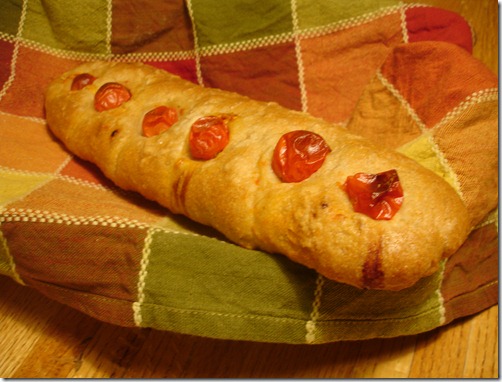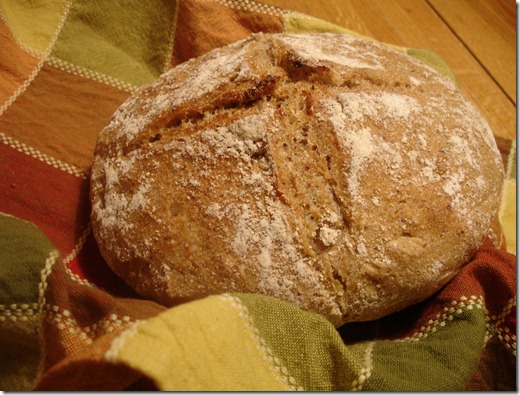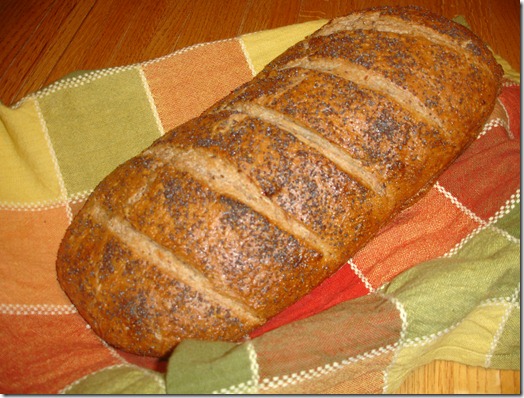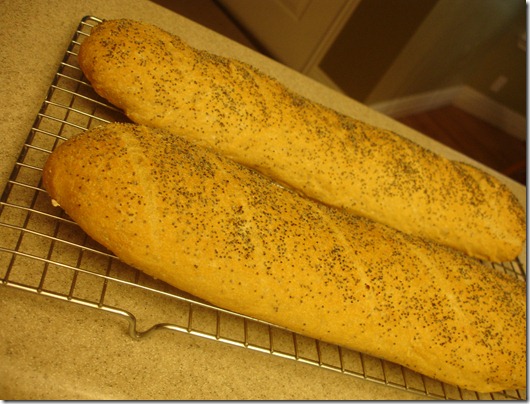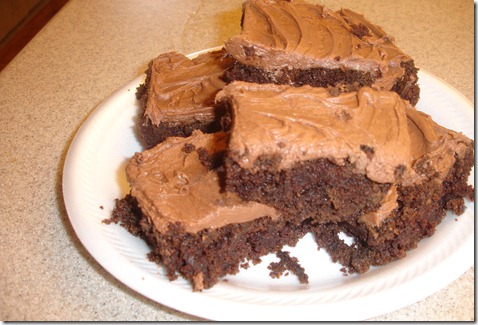
Why make your own yogurt? It tastes great, it's better for you (no preservatives or artificial thickeners, etc.), you can make it your way, it's less expensive than store-bought, and there is no packaging waste. And you can use the powdered milk from your food storage! The cultures in yogurt aid in digestion and help the body absorb protein, calcium, and iron.
7 cups milk (skim, 2%, whole, or made from powdered--that's what I do)
1/2 cup dry milk powder (this adds more nutrition and makes it thicker)
1/3 cup honey or sugar, optional
1 tablespoon vanilla, optional
1/2 cup plain yogurt, room temperature
1. Combine the milk, powder, sugar, and vanilla in a saucepan. Place a candy thermometer in the pan and heat over medium until 180 degrees, stirring frequently to prevent scorching. This kills the bacteria in the milk so the yogurt cultures can grow. (Note: If using only powdered milk, you can skip this first step and just heat the milk to 100-120 degrees. This can be done by mixing the powdered milk with very hot tap water. The powdered milk makes it easier and it doesn't taste like powdered milk when the yogurt is done.)
2. Cool milk to between 100 and 120 degrees before adding the yogurt starter--you don't want to kill those active cultures! Stir well and then pour into glass jars or other containers.
3. Place jars into a cooler that is lined with a fleece blanket or thick towel. Wrap jars securely and add another blanket or towel if necessary to fill up the space. The goal is to maintain a warm temperature for the cultures to grow. Cover the cooler and leave for 8-12 hours. Check after 8 hours to see if it's thick enough. If not, re-wrap and let sit longer.
4. Remove yogurt from cooler and place in refrigerator for several hours to chill before serving. The yogurt will thicken a bit more as it chills. You will see a little yellowish liquid on top. This is whey and you can pour it off or stir it into the yogurt.
Tips
- You can speed up the cooling process in step 2 by placing pan into a sink of ice water (don't let any water get into the pan!) and stirring until 100-120 degrees.
- When making your next batch, use starter from your first batch. However, it works best if you use it in the first 2-5 days while the cultures are fresh. If you won't be making more that soon, freeze your yogurt in ice cube trays and thaw enough cubes to start your next batch.
- Other methods of incubating yogurt: pour yogurt into a large thermos, in your crockpot on warm (some have great success with this but I think my crock pot is too warm--it scorches around the edges); with a heating pad; using the pilot light in the oven; outside in the bright sun, etc. The goal is to maintain a warm temperature of the milk throughout the process. Look on the internet for more information about some of these other methods.
- Yogurt will keep for 2-3 weeks in the fridge.
- Ways to enjoy your yogurt: for breakfast with granola or fruit, stir in jam for flavor, make smoothies, drain over cheesecloth (unsweetened) and use as a sour cream substitute, make frozen yogurt in your ice cream freezer
 In this week’s cooking class we made artisan breads and pizza from a no-knead dough. I first learned of this technique from the book, “Artisan Bread in Five Minutes a Day” by Jeff Hertzberg and Zoë Francois. I checked it out from the library and loved the simple and delicious breads in it, but didn’t bake them very often because I don’t like using white flour. Lucky for me, their second book came out last year, called “Healthy Bread in Five Minutes a Day. I love this book! All of the recipes used for the cooking class came from this book, but there are other cookbooks out there with similar bread-making techniques. Look for “Kneadlessly Simple” or “My Bread” if you’d like to experiment further. Here are some links to more information. I’d especially recommend the tutorial video if you missed my class—it helps to watch someone (in this case, the authors of the book) mix and shape the dough. All of the recipes that I made for the class are on this blog—just scroll down. Happy baking!
In this week’s cooking class we made artisan breads and pizza from a no-knead dough. I first learned of this technique from the book, “Artisan Bread in Five Minutes a Day” by Jeff Hertzberg and Zoë Francois. I checked it out from the library and loved the simple and delicious breads in it, but didn’t bake them very often because I don’t like using white flour. Lucky for me, their second book came out last year, called “Healthy Bread in Five Minutes a Day. I love this book! All of the recipes used for the cooking class came from this book, but there are other cookbooks out there with similar bread-making techniques. Look for “Kneadlessly Simple” or “My Bread” if you’d like to experiment further. Here are some links to more information. I’d especially recommend the tutorial video if you missed my class—it helps to watch someone (in this case, the authors of the book) mix and shape the dough. All of the recipes that I made for the class are on this blog—just scroll down. Happy baking! 